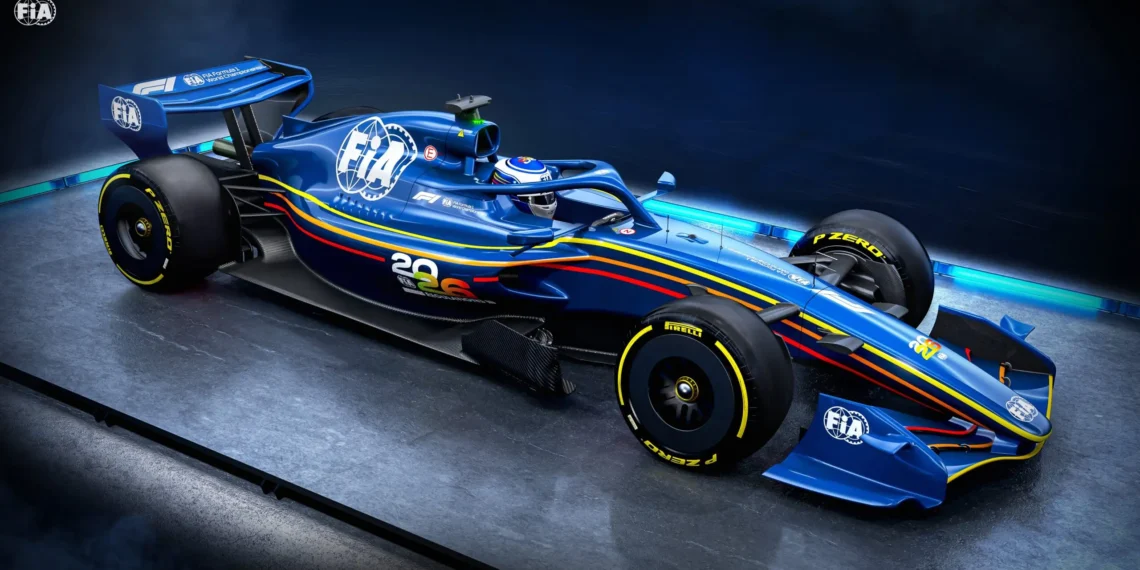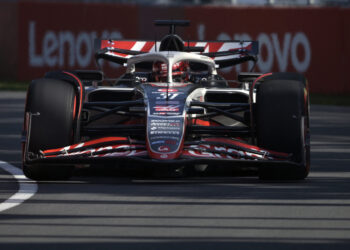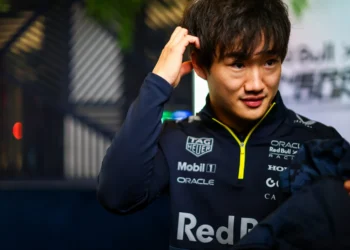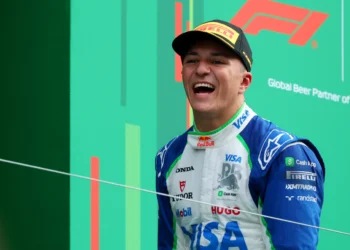The F1 world is on the edge of a new revolution in 2026, with the FIA implementing groundbreaking mechanisms to ensure competitiveness without the need for Balance of Performance (BoP). The echoes of Mercedes’ dominance during the hybrid era still resonate, prompting fears of history repeating itself. However, the FIA is confident that the newly established regulations will prevent any team from establishing absolute supremacy.
In 2014, Formula 1 embarked on a new journey with hybrid power units, forever altering the landscape of the sport. Mercedes emerged as the powerhouse, clinching victory after victory with their superior power unit, leaving competitors in the dust for seven long years. As the sport gears up for another transformation in 2026, stringent safety measures are being put in place to avoid a similar scenario.
The Mercedes dynasty showcased excellence in engineering but also highlighted the pitfalls of prolonged dominance. Rivals like Renault, Ferrari, and Honda struggled to keep pace, taking years to level the playing field. With the looming specter of potential domination under the 2026 regulations, the FIA has proactively introduced safeguards to maintain a competitive balance.
One of the key measures introduced for 2026 is the provision for additional development opportunities for manufacturers lagging more than 3% behind the leading power unit after the initial five races of the season. Alongside the existing performance development scale inversely proportional to success and the budget cap, these mechanisms aim to expedite team recovery in case of a runaway leader. While one team may initially surge ahead, the regulations are designed to facilitate quicker fightbacks from the chasing pack.
Addressing concerns about resorting to Balance of Performance (BoP) measures, FIA’s Monoposto Director, Nikolas Tombazis, emphasized that F1 is not in need of such artificial equalizers. Unlike categories with vastly different cars like GT racing, Formula 1 is focusing on rectifying structural disadvantages through measures like budget caps and aerodynamic testing limits. This approach aims to empower newer or less developed teams to bridge the gap organically without distorting the essence of competition.
Tombazis underlined that the objective is to mitigate long-standing advantages held by established teams without rewarding underperformance. The careful calibration of mechanisms to offset disadvantages in 2026 will be closely monitored to ensure that no manufacturer is left irreversibly behind. The mere suggestion of a BoP system has already sparked controversy within the teams, indicating its divisive nature and unsuitability for F1 competition.
As the 2026 season looms on the horizon, the stage is set for a thrilling battle of innovation, skill, and strategy. The FIA’s confidence in the revamped regulations speaks volumes about their commitment to preserving the essence of Formula 1 while ushering in a new era of exhilarating competition. In a sport where every millisecond counts, the quest for the ultimate racing spectacle continues to push boundaries and defy expectations.










